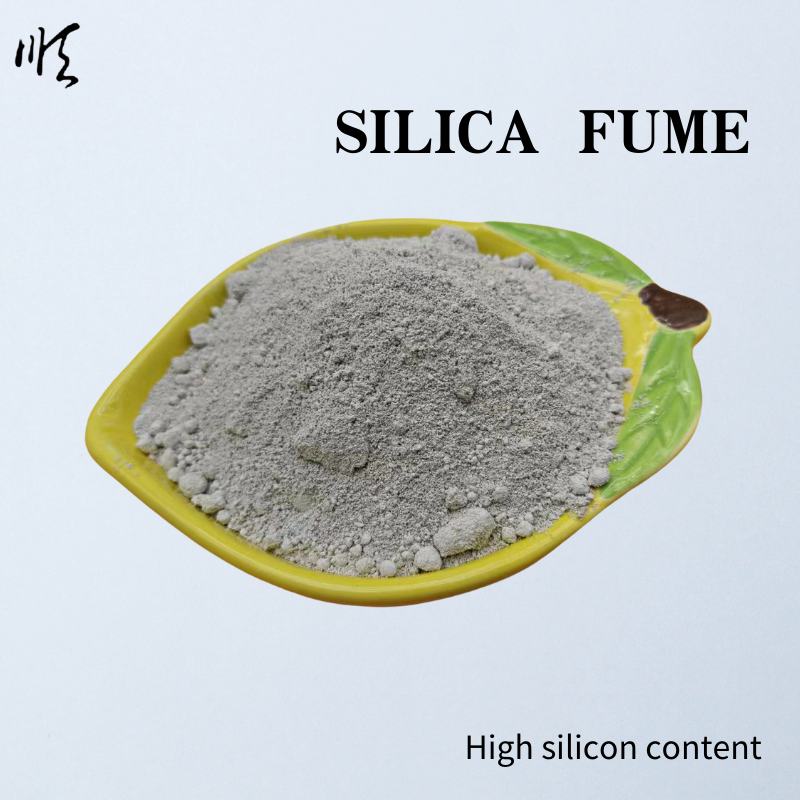
Exploring the Properties and Applications of Light Calcium Carbonate in Industry
The Importance and Applications of Light Calcium in Modern Industries
Light calcium, also known as precipitated calcium carbonate (PCC), is a versatile material derived from limestone. This unique compound has gained prominence in various industries due to its exceptional properties and functionality. With a white, fine powder texture, light calcium offers a range of applications that extend from the paper industry to the food sector, highlighting its versatility and significance in modern manufacturing processes.
What is Light Calcium?
Light calcium is produced through the carbonation of calcium hydroxide, which is obtained by the calcination of limestone. The resulting product is characterized by its high purity, uniform particle size, and a significant surface area compared to other forms of calcium carbonate. Its chemical formula, CaCO₃, represents one of the most abundant minerals found in nature. The precipitation process contributes to its distinct characteristics, making it ideal for specific applications where traditional calcium carbonate may not suffice.
Applications in Industry
1. Paper Manufacturing One of the primary applications of light calcium is in the paper industry, where it serves as a filler and coating pigment. By adding light calcium to paper, manufacturers can enhance brightness, reduce the amount of wood pulp required, and improve printability. The use of light calcium helps produce high-quality paper products that are cost-effective and eco-friendly.
2. Plastics and Rubber In the plastics and rubber industries, light calcium is used as a filler to improve the mechanical properties of products. It aids in reducing costs while enhancing the sturdiness and durability of plastic and rubber materials. Moreover, its high purity ensures that it does not adversely affect the color or other critical attributes of the final product.
china light calcium

3. Food Industry Light calcium serves as a food additive and is recognized as safe for consumption. It is often used as a calcium supplement, contributing to the dietary requirements of consumers. Additionally, it can function as an anti-caking agent, ensuring the quality and stability of food products.
4. Paints and Coatings The excellent opacity and white color of light calcium make it a preferred ingredient in paints and coatings. It improves the thickness and adhesive properties of paints while also contributing to their texture. Additionally, light calcium can provide a matte finish, which is particularly desired in various architectural coatings.
5. Pharmaceuticals In the pharmaceutical sector, light calcium is used in the formulation of tablets and other medicinal products. It serves as an excipient, aiding in the efficient delivery of active ingredients, and its high chemical purity minimizes any potential adverse reactions in patients.
Environmental Considerations
As industries strive for sustainable practices, the use of light calcium presents an eco-friendly alternative to various materials. Its production process can utilize waste materials from other industrial processes, effectively reducing landfill waste. Furthermore, because it is derived from natural resources, light calcium aligns with the increasing demand for environmentally friendly products.
Conclusion
Light calcium stands out as an essential component across diverse industries due to its unique properties and multifunctional applications. From enhancing the quality of paper and plastics to serving as a safe food additive, its versatility cannot be overstated. As technology and manufacturing processes continue to evolve, the relevance and potential of light calcium in promoting sustainability and efficiency are only expected to grow. The ongoing research and development in this field point towards further innovations that will deepen our understanding of this remarkable material and expand its applications even further in the future.
Share
-
Premium Talcum Powder Enhanced with GPT-4 Turbo | Soft & Long-LastingNewsAug.02,2025
-
Fly Ash Solutions Enhanced by GPT-4 Turbo | Sustainable InnovationNewsAug.01,2025
-
Natural Premium Bentonite Cat Litter - Superior ClumpingNewsJul.31,2025
-
Premium Resin Coated Sand - High Heat Resistance CastingNewsJul.31,2025
-
High Quality Silicon Carbide Grit for Abrasive ApplicationsNewsJul.30,2025
-
High-Quality Ceramsite for Plants & Gardening | Lightweight PebblesNewsJul.29,2025






